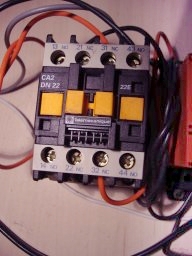Hello,
We are using a 12 light controller which is wired up to a double pole 80amp breaker and correct gauge wire. My question is I am running 480w led fixture which comes with the HLG-480H-48 and driver spec notes that the cold start is 35amps. When powering up say 8-10 of these drivers/lights will the inrush current cause a problem with the breaker? I am assuming no as the breakers can withstand a quick influx of power before tripping. What I'm not able to find is the inrush is a couple ms on the driver but how many ms on a breaker before it trips from an in-rush. For instance if I have 10 drivers cold starting at 350amps does the breaker support the inrush time wise.
Any experience/thoughts?
We are using a 12 light controller which is wired up to a double pole 80amp breaker and correct gauge wire. My question is I am running 480w led fixture which comes with the HLG-480H-48 and driver spec notes that the cold start is 35amps. When powering up say 8-10 of these drivers/lights will the inrush current cause a problem with the breaker? I am assuming no as the breakers can withstand a quick influx of power before tripping. What I'm not able to find is the inrush is a couple ms on the driver but how many ms on a breaker before it trips from an in-rush. For instance if I have 10 drivers cold starting at 350amps does the breaker support the inrush time wise.
Any experience/thoughts?



